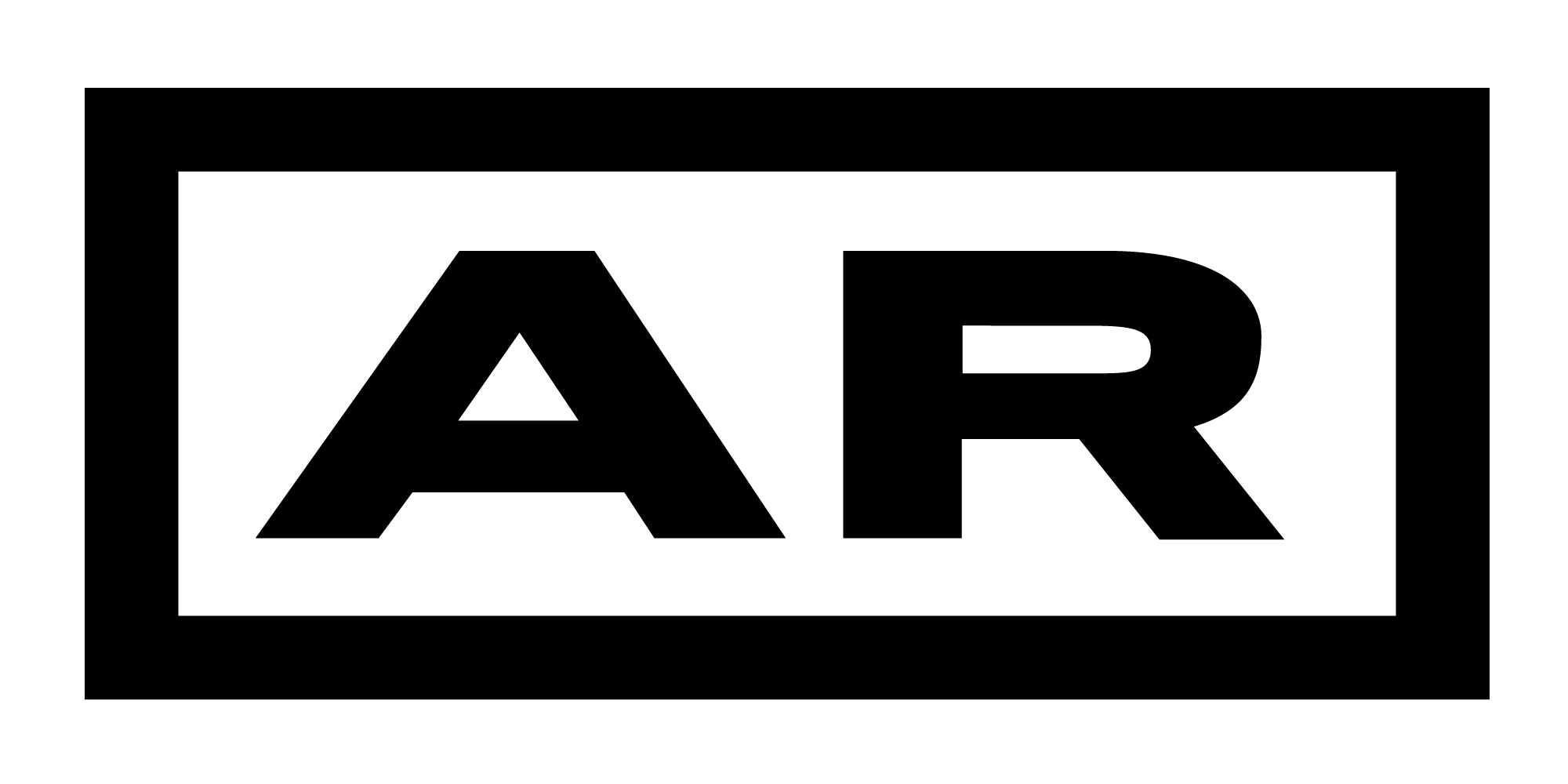 Architecture, Research
Architecture, Research
Those who first invented and then named the constellations were storytellers. Tracing an imaginary line between a cluster of stars gave them an image and an identity. The stars threaded on that line were like events threaded on a narrative. Imagining the constellations did not of course change the stars, nor did it change the black emptiness that surrounds them. What it changed was the way people read the night sky.
John Berger,
And Our Faces, My Heart, Brief As Photos
History is viewed as a ‘production’, in all senses of the term: the production of meanings, beginning with the ‘signifying traces’ of events; an analytical construction that is never definite and always provisional; an instrument of deconstruction of ascertainable realities.
Manfredo Tafuri,
“The Historical Project,” in The Sphere and the Labyrinth
A line is a mark that mobilises distinctions and implies direction. It is part of a founding act as well as a project. It transforms and it demonstrates. For early builders, the line was the cord (the mason’s line) used for taking measurements and for making things level. Later, in the 16th century it stood for ‘a crease of the face or palm of the hand’ and for the equator, a line notionally drawn on the earth.
A word, a concept, a practice, the line enables multiple histories, geographies and sets of problems at a variety of scales. Interested in the relationships between these words, ideas, practices, as well as their histories and visual languages, various objects of study can be constructed and methods debated.
Lines describe material and conceptual dispositions: they describe how buildings are or should be constructed. Through this they locate forms of life, administrative boundaries, land protocols, economic interests and political ambitions. While a line implies boundedness as a territory but also as epistemic framework, the geographical, legal, technical, practical and theoretical questions, historically and semantically precise, impart a challenge. Inscriptions on material soil and within forms of discourse contribute to the legitimation of social and cultural demarcations and substantiate the claim of malleable boundaries with unexpected resonances. The edge of the frame or a wide-angle lens, lines invoke poetics and micro-geographies at the expense of established institutional structures and canonical forms of evidence and can indeed help the process of thinking.
Now, more than ever, that the fundamentals of the political have lost their credibility, the line as resultant artefact or conscious action, is the site par excellence of the political; imaginary line or ‘signifying trace’, gesture and object, it provides a tool to dissect and (re)-constitute architecture as set of relational practices for knowledge and the resilience of the discipline as a whole.
Marina Lathouri
guest editor 2020
Deadline for Submissions:
Abstracts due 01 September.
Final essays are due midnight, 30 October 2020.
Each issue of AR presents a theme concerning architecture, art and relative disciplines that comingle. Varieties of interpretations are encouraged, however, relevance to the theme is important for acceptance. The editors take into consideration critical, inventive and timely content that creatively addresses the edition’s theme with a strong sense of originality. If an essay is considered for review the author will be contacted regarding further information.
By submitting an article the author or group of authors guarantees its originality and authorship. The submission confirms neither the text nor graphics have been published or submitted to another publication. All authors are accountable for their contribution. Authors shall take into account the Authors’ Rights Act (Uradni list RS, No 21/95, 9/01). In principle the ARA allows for the publication of already published graphic material for illustrative purposes, however, the source must be fully quoted. For graphical elements authors should obtain written approval from the source.
All Papers should be submitted in English. Please use The Chicago Manual of Style method of document formatting and citations.
Every reference cited in the text must be included in the reference list (and vice versa). Up to 4000 characters including spaces and not more than 20 sources. Unpublished results and personal communications are not recommended in the reference list, but may be mentioned in the text. If these references are included in the reference list, they should follow the standard reference style of the journal and should include a substitution of the publication date with either ‘Unpublished results’ or ‘Personal communication’. Citation of a reference as ‘in press’ implies that the item has been accepted for publication.
All image-based material must be approved for publication by the owner or organization legally entrusted with the content by providing proof of copyright and trademark clearances. Graphic material should be sent separately as a single file containing all images etc. Images should be 300 dpi JPG of TIFF files. Placement of images should be noted within the text body; however, AR may take the initiative to “design” each essay with respect to the edition’s overall graphic design.
Abstracts due 01 September.
Final essays are due midnight, 30 October 2020.
All writings and images should be sent to: ar-submission@fa.uni-lj.si